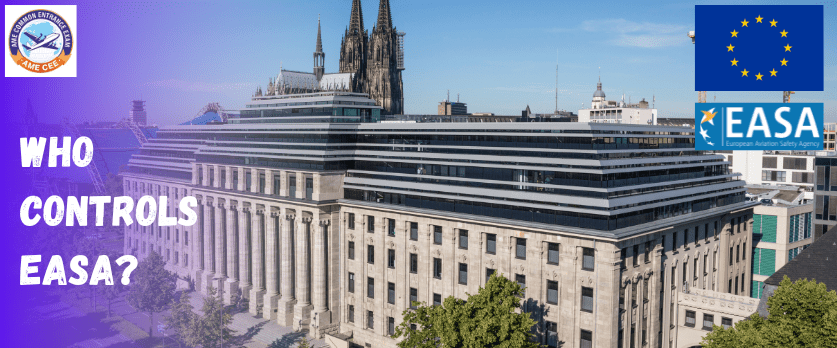EASA, or the European Union Aviation Safety Agency, is an agency of the European Union (EU) responsible for civil aviation safety. It was established to promote a high and uniform level of safety in civil aviation within the EU member states. EASA operates independently and is governed by the EU’s legal framework. Here’s how it is structured:
EASA Management Board
The EASA Management Board is the highest governing body of the agency. It is composed of representatives from EU member states, the European Commission, and industry stakeholders. The Management Board provides strategic guidance and oversees the agency’s work.
EASA Executive Director
The day-to-day operations of EASA are led by the Executive Director. The Executive Director is appointed by the Management Board and is responsible for managing the agency’s activities, implementing its tasks, and coordinating with stakeholders.
European Commission
While EASA operates independently, it maintains a close relationship with the European Commission, which is an institution of the European Union. The Commission has the authority to adopt regulatory decisions and issue mandates to EASA.
EU Member States
EASA collaborates with and involves representatives from EU member states in its decision-making processes. The national aviation authorities of member states work closely with EASA to ensure the effective implementation of aviation safety regulations.
EASA’s regulatory responsibilities include areas such as aircraft certification, airworthiness standards, licensing and certification of aviation personnel, and oversight of aviation operations. The agency plays a crucial role in harmonizing aviation safety standards across the EU to ensure a consistent level of safety in civil aviation.
To become an aircraft maintenance engineer you may could join AME engineering through AME COMMON ENTRANCE EXAM (AME CEE) this examination you may join AME engineering approved by DGCA, EASA or UGC.


